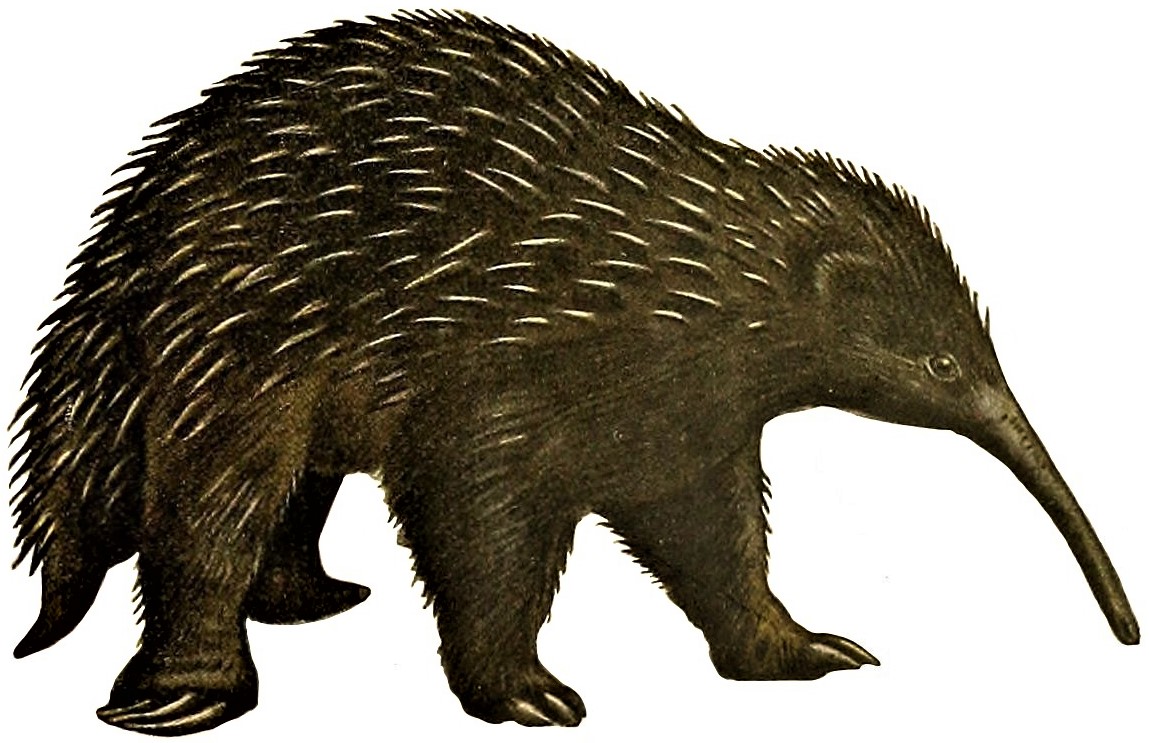Named for British naturalist David Attenborough, this echidna is one of four known echidna species, all of which can be found across the island of New Guinea.
The most well-known of these is the short-beaked echidna, which lives in lowland New Guinea and in almost all regions of Australia.
However, unlike its adaptable Australian cousin, Attenborough’s long-beaked echidna is incredibly elusive.
A single damaged specimen, collected over 60 years ago, was the only proof that the species even existed – until now.
Images of the creature were captured by a trail camera on the last day of a four-week expedition, led by Oxford University scientists in June and July.
More than 80 remote cameras were set up across the region in the hopes catching a glimpse of the echidna, but only one was successful.
The last memory card retrieved by biologist James Kempton was the one they had been waiting for.
Kempton described how it felt to finally see the echidna captured on film at the end of the expedition.
“There was a great sense of euphoria, and also relief having spent so long in the field with no reward until the very final day,” said Kempton.
“I shouted out to my colleagues that were still remaining… and said ‘we found it, we found it’ – I ran in from my desk to the living room and hugged the guys.”
The researchers collaborated with Indonesian group YAPPENDA and worked alongside the local village Yongsu Sapari to navigate the remote northeastern region of Papua.
Attenborough’s long-beaked echidna was believed to be extinct until 2007 when signs of burrows, tracks and “nose-pokes” were discovered in the Cyclops Mountains, hinting that a small population might still exist.
“The reason it appears so unlike other mammals is because it is a member of the monotremes – an egg-laying group that separated from the rest of the mammal tree-of-life about 200 million years ago,” Kempton said.
Echidnas and platypuses are the earth’s only living monotremes, making the discovery all the more extraordinary.






